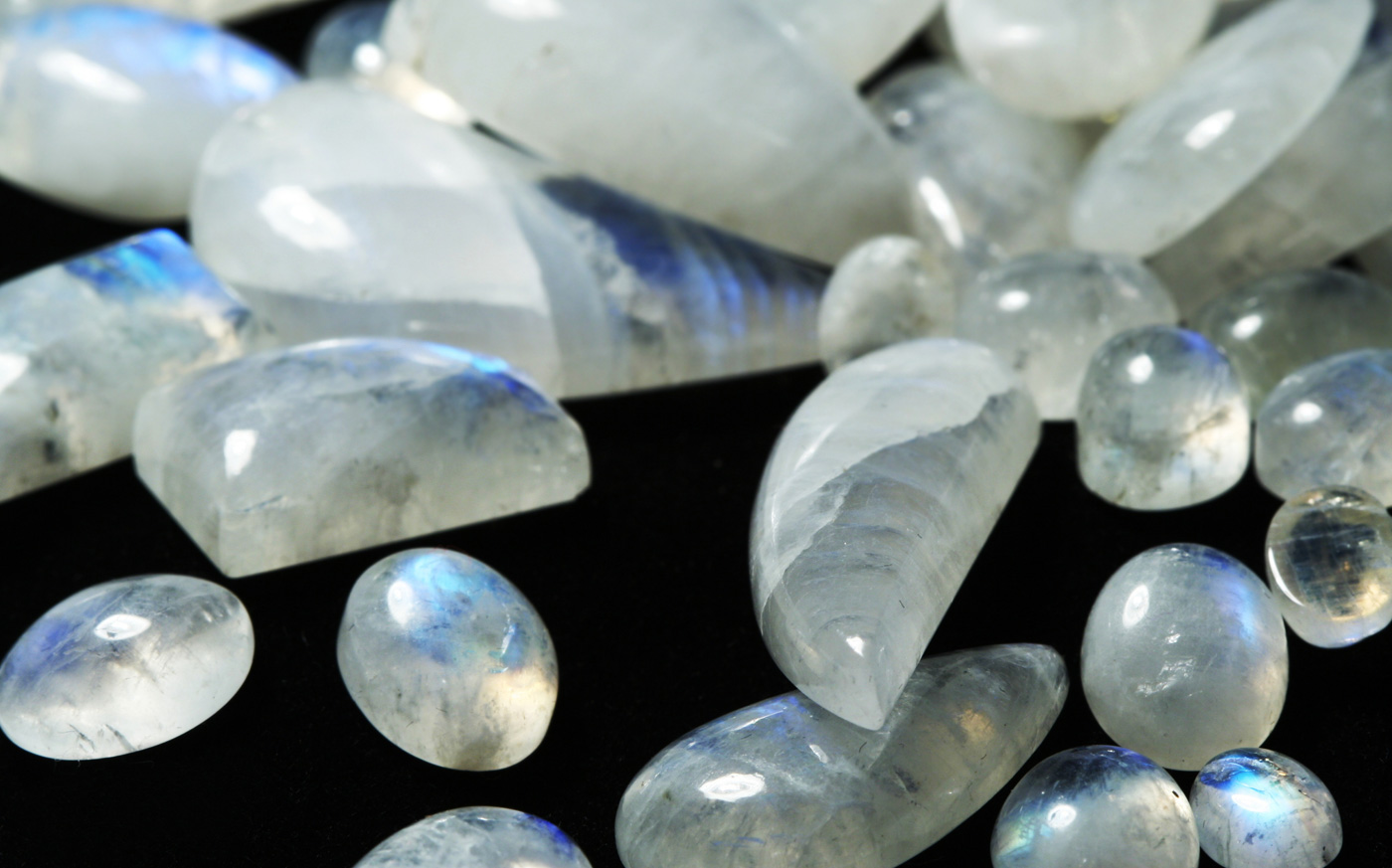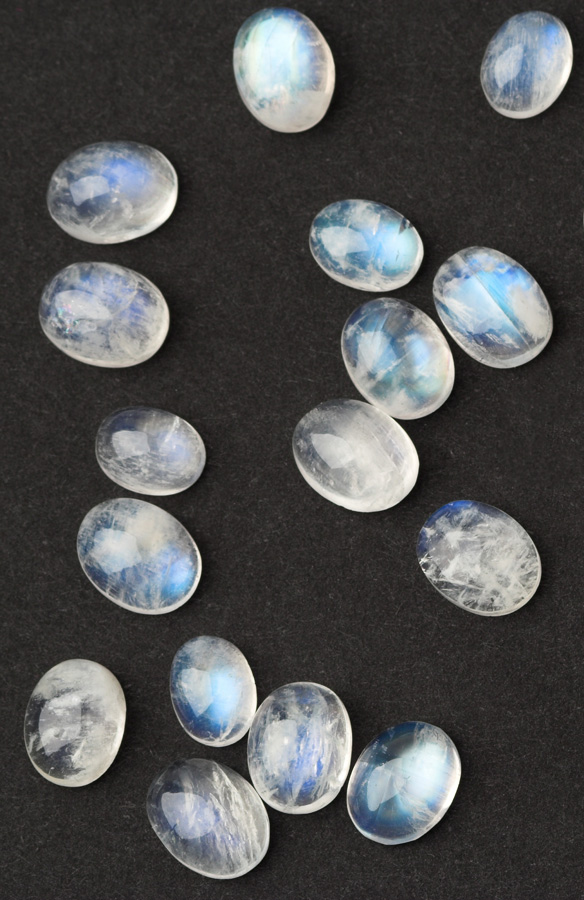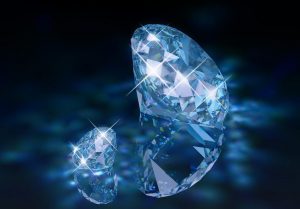Moonstone is the opalescent variety of orthoclase, with a blue or white sheen (or “schiller”), rather like the shine of the moon after which it is named. This is caused by the reflection of light from the internal structure, made up of alternating layers of albite and orthoclase feldspar. Thin albite layers give an attractive blue; thicker layers produce a white “schiller”. Stones of large size and fine quality are rare.
The best material is from Burma and Sri Lanka. Other localities include India, Madagascar, Brazil, United States, Mexico, Tanzania and the European Alps.





























Leave a Reply
You must be logged in to post a comment.